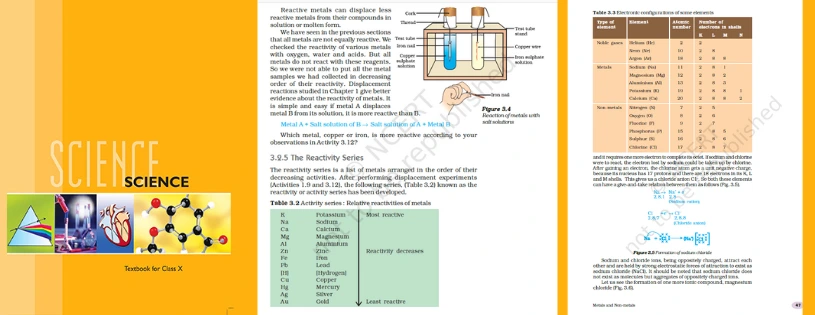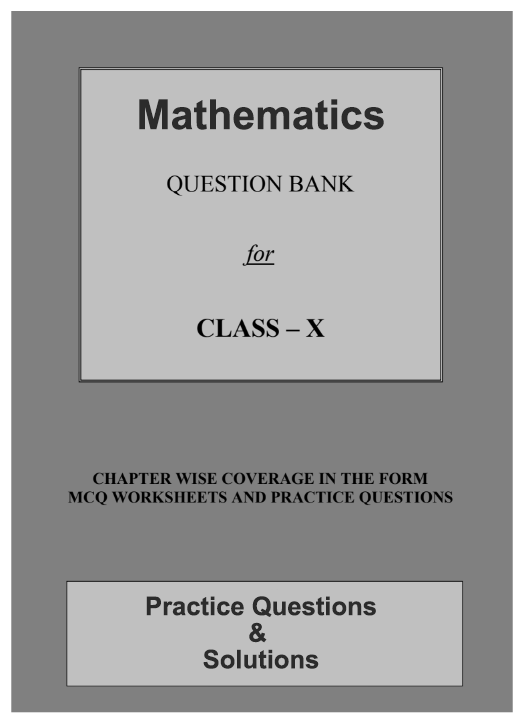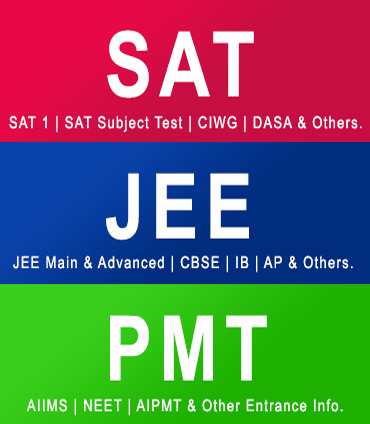CBSE Class 10th Transportation Details & Preparations Downloads
The human body is a complicated system that needs several processes to run well. The various bodily sections must get essential nutrients and components in order for these key activities to continue smoothly.
The human circulatory system carries out this function of transportation by removing metabolic waste products from the body and distributing vital nutrients and minerals throughout the body. An organized diagram of the circulatory system may be seen below.
Human Circulatory System
The heart pumps blood throughout the human circulatory system, which is made up of a web of arteries, veins, and capillaries. Its main function is to provide the body's many sections with necessary nutrients, minerals, and hormones. As an alternative, the circulatory system is in charge of gathering toxins and metabolic waste from the cells and tissues so that the body may eliminate or purify them.
Features of Circulatory System

The following are the essential components of the human circulatory system:
1.The components of the human circulatory system include lymph, blood arteries, heart, and blood.
2. Blood is circulated twice by the human circulatory system: once for oxygenated blood and once for deoxygenated blood. This process is known as double circulation.
3. There are two ventricles and two auricles in the human heart, making up its four chambers.
4. The blood vessel network throughout the human body is part of the circulatory system. These consist of veins, capillaries, and arteries.
5. Getting nutrients and oxygen-rich blood to every region of the body is the main job of blood vessels. Its other duty is to gather metabolic wastes for the body to eliminate.
6. The majority of circulatory system illustrations fail to adequately convey its immense length. A human's veins, arteries, and capillaries could theoretically stretch 1,00,000 kilometers (almost eight times the diameter of the Earth) if they were arranged end to end.
Organs of Circulatory System
There are four primary organs in the human circulatory system, each with a distinct job and function. The essential organs of the circulatory system are:
1.Heart
2.Blood
3.Blood Vessels
4.Lymphatic system
Heart
Situated between the lungs in the chest cavity, the heart is a muscular organ. It is located in the thoracic area, somewhat to the left, and the pericardium surrounds it. The four chambers of the human heart are two lower chambers known as ventricles and two upper chambers known as atria (plural: atrium).
Even though they have hearts, other species' circulatory systems work very differently from ours. Furthermore, compared to insects or mollusks, the human circulatory system is in certain instances far more advanced.
Double Circulation
The human body has a unique and very efficient blood flow system. Double circulation refers to the blood flowing through the heart twice. Some species, such as fish, only have a single circulation, in which blood goes through the body once.
The primary benefit of double circulation is that oxygenated blood is continuously supplied to all bodily tissues without blending with deoxygenated blood.
Blood
Blood is a crucial component of the human circulatory system and the body's fluid connective tissue. Its primary job is to transport vital substances including minerals, hormones, and nutrition to various bodily areas. Blood vessels are specialized channels through which blood flows. The heart is the organ responsible for pumping blood to various bodily parts. Human blood is made up of blood cells, blood plasma, proteins, and other minerals including sodium, potassium, and calcium.
Blood is made up of:
90% of plasma, the fluid portion of blood, is made up of water.
The solid component of blood is made up of platelets, white blood cells, and red blood cells.
Types of Blood Cells
There are three different kinds of blood cells in the human body:
RBCs (red blood cells) and erythrocytes
The primary functions of red blood cells are to carry things such as oxygen, nutrition, and other materials to different areas of the body. Additionally, these blood cells rid the body of waste.
Leukocytes, or white blood cells (WBC),
Specialized cells called white blood cells serve as the body's defense mechanism. Through their ability to repel viruses and dangerous microbes, they offer immunity.
Thrombocytes and Platelets
The cells known as platelets aid in the formation of clots to halt bleeding. They take action at the location of a wound or damage.
Blood Vessels
A system of channels called blood vessels allows blood to move throughout the body. The two main categories of blood vessels in the body's circulatory system are arteries and veins.
Arteries
Blood channels called arteries carry oxygenated blood from the heart to other areas of the body. They are separated into a little network of blood vessels known as capillaries and are thick and elastic. The pulmonary arteries, which supply the lungs with blood that has lost oxygen, are the lone exception to this rule.

Veins
Blood arteries called veins transport deoxygenated blood from different areas of the body to the heart. They are more prevalent at the skin's surface, thin, and elastic. The only veins in the body that transport oxygenated blood are the pulmonary and umbilical veins.
Lymphatic System
The human circulatory system consists of another body fluid called lymph. It is also known as tissue fluid. It is produced by the lymphatic system which comprises a network of interconnected organs, nodes, and ducts.
Lymph is a colorless fluid consisting of salts, proteins, water, which transport and circulates digested food and absorbed fat to intercellular spaces in the tissues. Unlike the circulatory system, lymph is not pumped; instead, it passively flows through a network of vessels.
Circulatory System Functions
The circulatory system's primary job is distributing oxygen throughout the body. The following are some of the human circulatory system's other essential roles:
1.It supports every system of the body.
2.It carries hormones, oxygen, carbon dioxide, nutrients, and blood throughout the body.
3.Cells are shielded against infections by it.
4.It serves as a conduit for communication between cells.
5.Blood components aid in the healing of injured tissue.
CBSE Class 10 NCERT Science Topics for a Strong Foundation
| Chapter Name | Life Processes |
| Topic Number | Topic Name |
| 5.1 | Living Being |
| 5.2 | Basic Concept of Nutrition |
| 5.3 | Respiration |
| 5.4 | Transportation |
| 5.5 | Excretion in Plants and Animals |
List of CBSE Class 10 Science Chapter
| Chapter Number | Chapter Name |
| Chapter 1 | Chemical Reactions and Equations |
| Chapter 2 | Acids, Bases and Salts |
| Chapter 3 | Metals and Non-metals |
| Chapter 4 | Carbon and its Compounds |
| Chapter 5 | Life Processes |
| Chapter 6 | Control and Coordination |
| Chapter 7 | How do Organisms Reproduce? |
| Chapter 8 | Heredity |
| Chapter 9 | Light – Reflection and Refraction |
| Chapter 10 | The Human Eye and the Colourful World |
| Chapter 11 | Electricity |
| Chapter 12 | Magnetic Effects of Electric Current |
| Chapter 13 | Our Environment |
List of CBSE Class 10 Mathematics Chapter
| Chapter Number | Chapter Name |
| Chapter 1 | Real Numbers |
| Chapter 2 | Polynomials |
| Chapter 3 | Pair of Linear Equations in Two Variables |
| Chapter 4 | Quadratic Equations |
| Chapter 5 | Arithmetic Progressions |
| Chapter 6 | Triangles |
| Chapter 7 | Coordinate Geometry |
| Chapter 8 | Introduction to Trigonometry |
| Chapter 9 | Some Applications of Trigonometry |
| Chapter 10 | Circles |
| Chapter 11 | Areas Related to Circles |
| Chapter 12 | Surface Areas and Volumes |
| Chapter 13 | Statistics |
| Chapter14 | Probability |
FAQs
Que1.Is the human circulatory system open or closed?
Ans. The circulatory system in humans is a closed system that uses a web of veins and arteries to circulate blood. All vertebrates and certain invertebrates have this kind of circulation.
Que2.What are the dangers of high blood pressure?
Ans.Damage to the artery's inner walls might result from high blood pressure. Additionally, it may result in less elastic arteries. In the worst situation, it may result in an aneurysm, which is an arterial bulge that may burst.
Que3. What is double circulation?
Ans. A system of circulation known as double circulation occurs when blood passes through the heart twice. Since oxygenated blood is always available in the body, this kind of circulation is incredibly efficient.
Que4. What was the earliest circulatory system like?
Ans. The circulatory system developed as a practical means of distributing waste products and vital nutrients throughout the body. Blood flowed in a hollow, contained chamber in the early circulatory systems, which were similar to modern open circulatory systems. The development of closed circulation in vertebrate predecessors occurred considerably later.
Que5. What is hypertension?
Ans. Another word for high blood pressure is hypertension. It happens when blood flows through blood arteries more forcefully than usual. The body may sustain harm as a result of this. The typical blood pressure of a healthy person is 120/80 Hg. Anything beyond this threshold is regarded as hypertension.


.webp)

